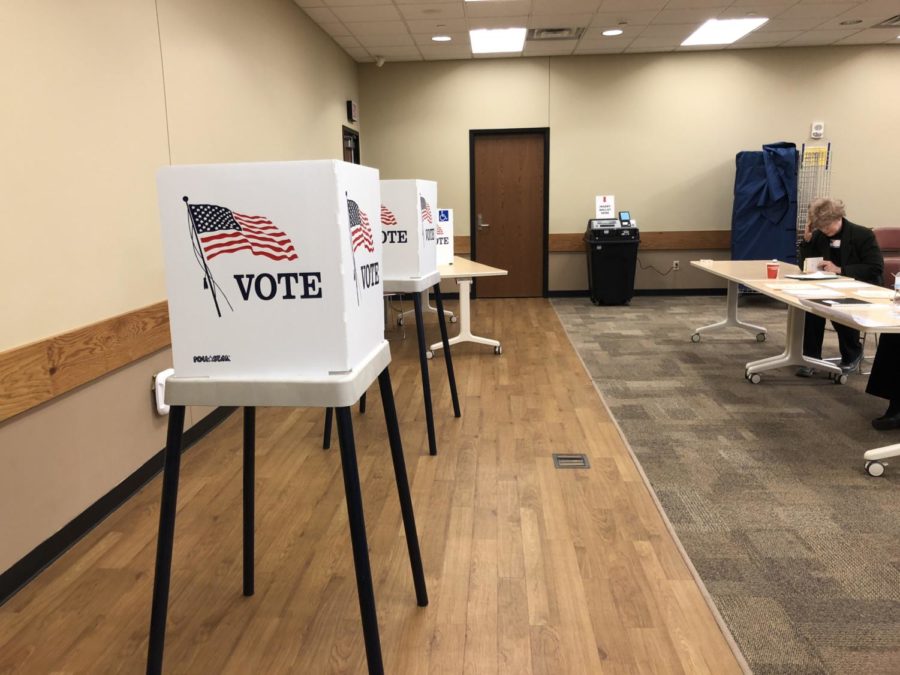Poll closures impact hundreds of thousands of Iowans
November 2, 2020
As many races in the 2020 Iowa elections are competitive, Iowan voters face polling closures across the state.
A report by Iowa Public Radio News, the Center for Public Integrity and NPR finds that there will be 261 fewer polling locations this election as opposed to the 2016 election. The report also finds these polling closures affect 670,000 Iowans, which is 30 percent of Iowa’s registered voters. Reporting also finds one reason for reduction in polling locations is due to the COVID-19 pandemic, resulting in less workers willing to work the polls.
A 2011 study shows location changes for polls and closure of polling places can reduce overall turnout.
“If polls are being closed in relatively more urbanized areas, so places with a higher density of otherwise underrepresented populations, then obviously it’s going to have an effect on people in these communities’ ability to vote,” said Mack Shelley, department chair of political science at Iowa State University.
Iowa elections at the congressional level and elections for Iowa’s state Legislature are more likely to be impacted, as it takes fewer votes to make a difference in the outcome, Shelley said.
Urban communities, which tend to have larger populations of people of color, often have less polling places and lower-quality technology at polling places than wealthier communities.
Areas where there are more polling closures are in the state’s most diverse communities, which typically vote Democratic, such as Black Hawk County and Linn County.
In Story County, the same number of polling places exist as did in the 2018 midterm elections, although some locations have changed since.
The Centers for Disease Control and Prevention (CDC) recommends within their principles that polling locations should be increased if possible due to the COVID-19 pandemic, with an extended time polling places should be open.
The current COVID-19 positivity rate in Iowa is 13.4 percent. The CDC recommends positivity rates be less than 10 percent before opening economic and public sectors.
Iowans are also more likely to participate in elections versus other states, with turnout numbers reaching 70 percent in years with a presidential election.
“There’s probably going to be some jam-ups in the system,” Shelley said. “It would get to be a much worse situation if you have precincts that still have people in line, which is actually a fairly common experience.”
The Iowa polls will close at 9 p.m., but voters in line when they close are still able to vote, but the process could take multiple hours.







